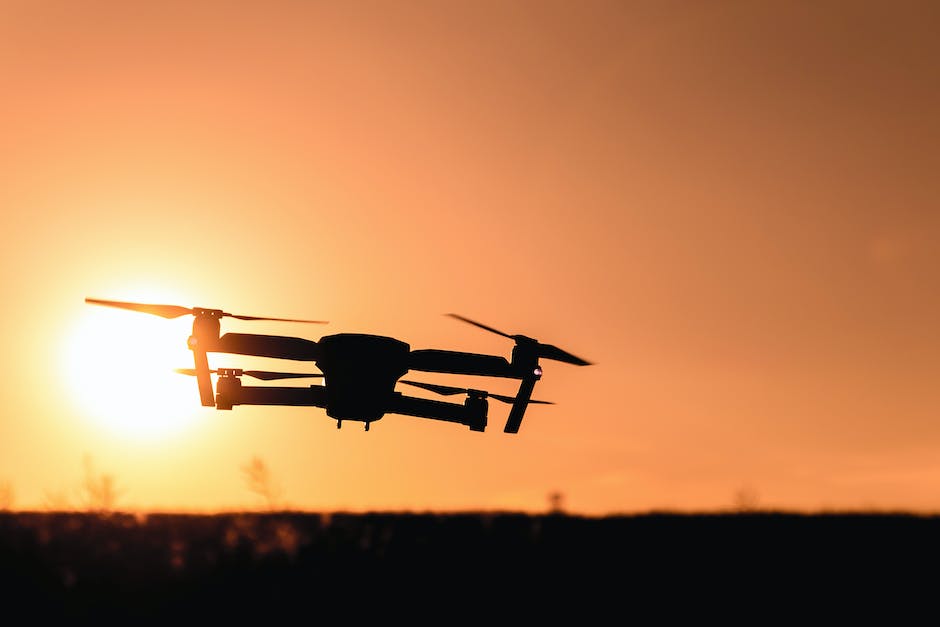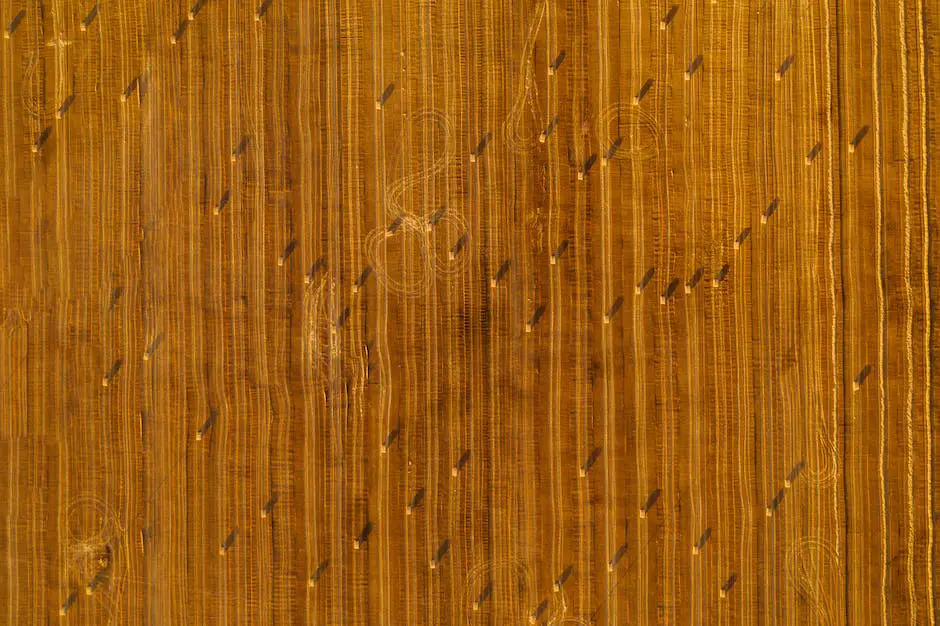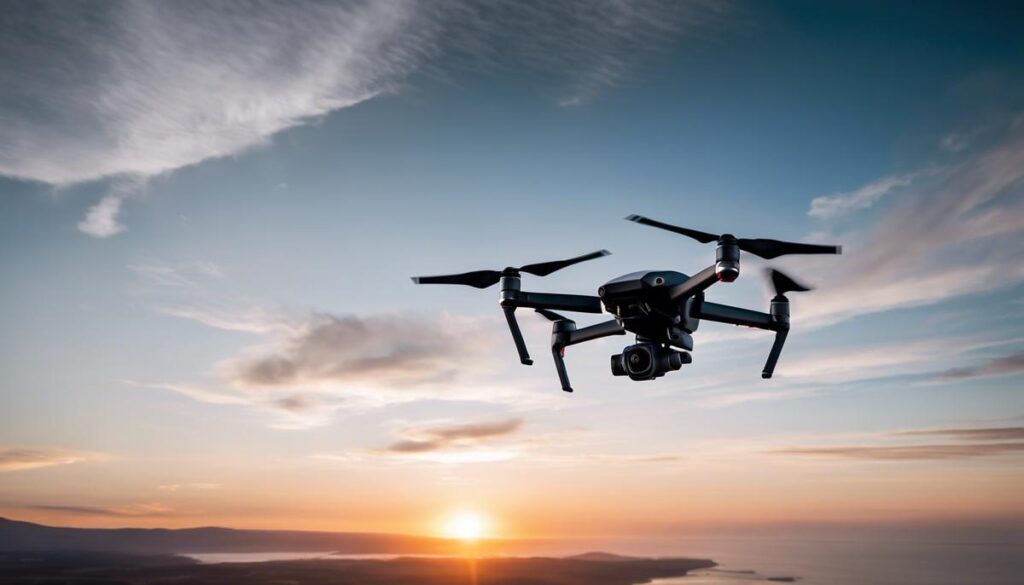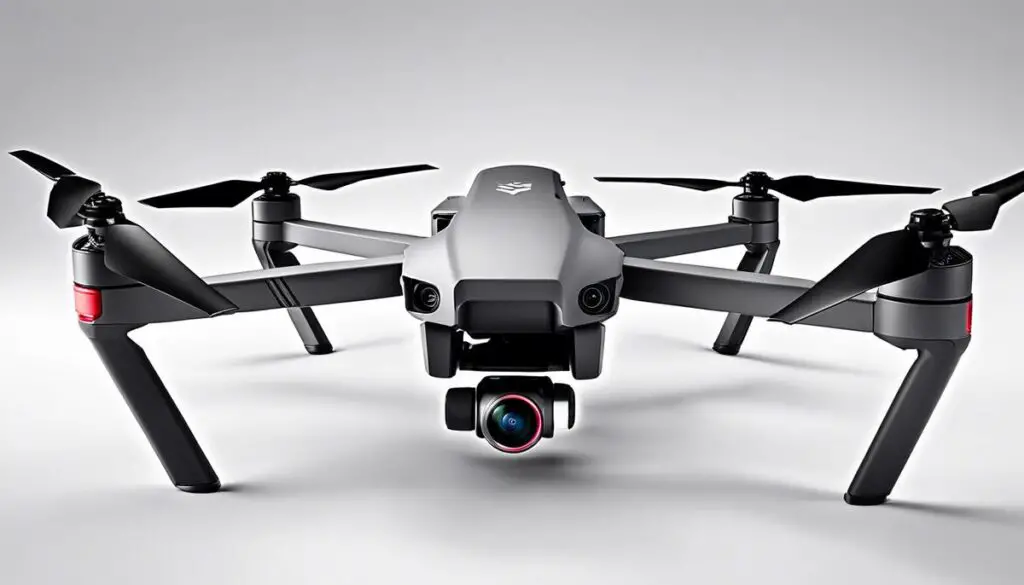As technology continues its rapid evolution, drone cameras have soared to new heights, capturing stunning images and videos, seen through a perspective never before possible. One key innovation leading this charge is the First Person View (FPV) drone camera. Unpacking its fascinating technology and utility beyond mere recreation, this paper delivers a comprehensive take on the world of FPV drone cameras. From the science that fuels their function, their critical role in drone racing, to their myriad practical applications across diverse industries – traversing the world of FPV drone cameras illuminates an exciting new frontier. Yet, as with every frontier, there are both advantages and palpable challenges to overcome. In a bid to forecast the future of this innovative technology, we’ll delve into its potential evolution and impact on various applications.
The Technology Behind FPV Drone Cameras
Cutting-edge technologies are driving the performance and scope of First Person View (FPV) drone cameras to new heights. The latest trends in the tech world are propelling these aerial bots far beyond their initial surveillance hawkeye duties. Quite a sight to marvel at!
Top of the list? The Head Tracking technology. A definite game changer in the drone arena. This tech grants FPV drone users the sensation of a bird’s eye view. Not in a metaphorical way but literally. Turn your head right and the drone sways right; tilt up and the drone ascends high. That’s pure immersion foryou!
Closely following is the Digital Video Recording (DVR) technology. Pivotal for relishing those scenic bird’s-eye views again and again or sharing those thrilling flights with friends. DVR tech seamlessly records the video straight from the camera for future playback. Memory lane, right up in the clouds!
Then enters the wide dynamic range (WDR) technology. The ultimate solution that tackles the visual span problem. The drone seamlessly shifts focus between bright and dark scenarios without delay. Looping around a bright sky and then under a shadowy bridge? No problem! WDR tech is there to ensure your view remains unblemished.
Yet another tech marvel? The CMOS sensor technology. It has replaced the older CCD sensors and marked the onset of high-definition video in FPV drones. Better illumination, faster processing and of course, lighter on the battery life. The CMOS sensor is your ticket to crystal clear drone footage.
Not to overlook the Low-Light technology. It does wonders when the sun dips and visibility drops. Low-light tech enables FPV drones to capture impeccable video quality even in dim lighting with reduced noise. That’s nocturnal precision for you!
Many of these technological advancements promise to change the way we perceive and interact with our environment from the sky. They are refining the FPV drones into more than just flying gadgets but an immersive experience. They are the real-deal tech aficionados!
In the age of automation and AI, these rapid advancements have made one thing clear – only the sky is the limit, or is it? With continuous tech influx, even the cosmos might just budge for FPV drones. Technology at its finest, wouldn’t you agree?

The Interplay of FPV drone cameras and Drone Racing
Title: The FPV Drone Camera Revolution: Elevating Drone Racing to New Heights
As many tech enthusiasts already know, First Person View (FPV) technology is not just another drone feature. It’s truly an exhilarating paradigm shift in the drone racing realm, revolutionizing how this favorite tech sport is approached and experienced globally.
With the already discussed technologies like Head Tracking, Digital Video Recording (DVR), Wide Dynamic Range (WDR), CMOS sensor technology, and Low-Light technology, let’s delve deeper into how FPV Drone Cameras are shaping the drone racing world beyond these qualities.
First and foremost, real-time interaction is a distinctive aspect of FPV drone cameras. It eliminates the constraints tied to our inherent field of view, and the need for manual navigation, a significant stepping stone in drone technology. Pilots, equipped with FPV goggles, are entirely immersed in the flight path. They experience the drone’s flight intimately, driving drones through tiny gaps at high speed, zipping past obstacles, and capturing spectacular views from unbeatable aerial perspectives.
FPV technology also dramatically enhances the accuracy and responsiveness of the drones. Thanks to these cameras, drone pilots can respond instantaneously to changes in their surroundings, increasing their control over the drones and significantly decreasing mid-air accidents. Instantaneous feedback from the drone’s perspective means quicker reactions and ultimately, faster times around the track.
Moreover, FPV drone cameras boost the participatory experience from being a hobbyist pastime to an adrenaline-infused, full-fledged sport. The immersive nature of FPV drone racing makes it a perfect fit for VR technology. Imagine being able to participate in a drone race on another continent without leaving your living room! Indeed, FPV drone racing could herald a new era in broadcast sports, with audiences virtually participating in races from the comfort of their homes.
Additionally, AI advancements have started intersecting with FPV drone technology. These enhancements will further augment decision-making capacity, responsiveness, and the overall navigation efficiency of drones. Drone models empowered with AI can be trained to react to a preset series of actions, thereby enhancing the predictability and performance consistency in drone races.
Lastly, follow-me technology, a feature that allows drones to automatically follow moving subjects while recording, is being adopted in FPV drone racing. Now, other drones or moving objects can be tagged and pursued across the racing track. Imagine a race where the drone tracks and ‘chases’ its competitors, adding a fresh, competitive edge to the sport.
As technological advancements in FPV drone technology continue to make waves, education and regulation will follow suit. FPV drone racing leagues and competitions are becoming more organized, and national governing bodies are ensuring rules and restrictions are in place to provide a fair and safe environment for the players.
In summation, FPV drone cameras have innovated drone racing at unprecedented levels. Increased immersion, accuracy, and interactive spectatorship alongside AI integration and follow-me technology have evolved FPV drone racing from a pastime activity into a thrilling, globally recognized sport. Adventure-seekers, tech enthusiasts, and competitive souls alike are joining the race – quite literally – and it’s clear that this high-speed, high-tech hustle is here to stay.

Photo by emp_creative on Unsplash
Use-Cases Beyond Recreation: FPV Drone Cameras
FPV drone technology opens up a whole new world for drone enthusiasts but, there’s much more to this tech than just getting an adrenaline kick from racing and freestyling.
FPV drone technology extends far beyond the hobbyist sphere and offers versatility for various practical applications in different industries.
Law enforcement and rescue services are utilizing FPV drones for surveillance, inspection and search & rescue operations.
The agility and flexibility of FPV drones enable law enforcement to access hard-to-reach areas and can provide live feed to the rescue teams without endangering human life.
The integration of FPV technology with thermal imaging cameras is also helping operators to detect heat signatures and locate missing persons in challenging environments with minimal visibility.
In the agricultural sector, FPV drone cameras are being used for precision agriculture.
Farmers can monitor large fields and observe live conditions such as crop health, irrigation issues, pest infestation, and soil variation to make data-driven decisions for crop treatment.
The bird’s eye perspective also aids farmers in overall farm management by optimizing crop growth, reducing costs, and increasing yield.
The wildlife sector is also employing FPV drones to keep track of endangered species, observe annual migration habits, and monitor biodiversity from a safe distance.
Without causing any disturbance to the natural habitat, researchers can obtain real-time videos and images to study the species behavior more effectively and contribute to the conservation process.
FPV drones are also utilized in industrial inspections, particularly in infrastructure like bridges, towers, pipelines, or wind turbines.
The close-up inception view helps to diagnose hard-to-reach areas without posing any risk or need for manual inspection.
This method is not only cost-effective but also ensures a thorough inspection, reduces downtime, and facilitates preventive maintenance in due course.
The media industry is leveraging FPV drone cameras to level up their photography and videography.
From filming fast-paced action shots, outdoor events to panoramic aerial views, the implications are boundless.
The live feed capability provides a breakthrough solution for recording challenging angles and delivering diverse content to captivate the audience.
In construction, FPV drones are used for site inspection, mapping, planning, and even tracking progress.
The real-time video stream allows site managers to scrutinize construction activity, identify potential hazards, and ensure site compliance remotely.
This practical application not only promotes safety but also improves efficiency and productivity in the construction process.
In conclusion, it’s evident that the practical applications of FPV drones extend far beyond the recreational field.
The coupling of FPV technology with drones has introduced a tool of unprecedented utility across several industries, simplifying tasks, increasing safety, and creating possibilities for more innovative solutions.
As technology continues to advance, it’s exciting to ponder what the future holds for FPV drones.

FPV Drone Cameras: Pros and Cons
Across the technological landscape, there’s a rapidly evolving sector that’s capturing the enthusiasm of tech adopters worldwide – First Person View (FPV) drone cameras. Leveraged for anything from drone racing to more pragmatic applications like wildlife monitoring and construction, FPV drone cameras are restructuring how tasks are approached, and changing the scope of what’s possible.
While FPV drone cameras are primarily embraced by hobbyists for drone racing, their value extends far beyond just sports. These devices, equipped with rugged durability, high precision, and superior responsiveness, have indeed transformed drone racing into an immersive, real-time interaction. They have also propelled drone racing from a niche hobby into a widely recognized sport with increasing AI integration and VR possibilities.
However, it’s worth considering that the implications of FPV drone camera technology stretch much further than just the racing arena. For instance, law enforcement and rescue services are uncovering new efficiencies by utilizing FPV drones for surveillance, situation assessment, and search and rescue missions. The bird’s eye view these devices provide, combined with real-time video feedback, allows for more immediate response times and improved operational precision.
In the agricultural sector, FPV drone cameras have enabled a transition to precision agriculture. Farmers are now leveraging this technology to monitor crops, inspect infrastructure, and even manage livestock. The use of FPV drones can reduce the risk, time, and labor involved in manual surveys of vast agriculture fields, boosting efficiency dramatically.
Comparable benefits are being realized in the sphere of wildlife monitoring and conservation efforts. FPV drones provide a less intrusive method of tracking and studying wildlife, helping to gather valuable data and assess different species’ behavior in their natural habitats.
Industrial inspections and maintenance tasks have seen an enhanced safety level with FPV drones. The technology bypasses the need for manual inspection, which often involves a degree of risk, especially in hazardous environments. Simultaneously, it facilitates quicker identification of potential threats, leaks, or other structural issues.
In the media industry, FPV drone cameras have morphed into a vital tool for capturing unique and dynamic shots that would otherwise be virtually impossible. This technology opens up a new dimension of creativity, offering dramatic angles and aerial views that can significantly enhance the visual narrative.
Besides, construction site inspections and progress tracking have markedly improved with FPV drones’ advent. Construction professionals can monitor large scale projects from various vantage points, streamlining project management, and maintaining a safer environment for workers.
Despite these considerable advantages, it’s important to address potential concerns around FPV drone usage, such as privacy infringement, security issues, and accidents due to equipment failure or user error. The need for rigorous education, regulation, and responsible usage cannot be overemphasized in ensuring this innovative technology positively impacts society.
Embracing FPV drone cameras portends a future where technology usurps traditional methods, bringing about smarter, safer, and more efficient systems across industries. It’s not just about racing anymore, FPV drone cameras have come to stay and change the world as we know it.

The Future of FPV Drone Cameras
Looking ahead, the potential for First-Person View (FPV) drone cameras has never been more intriguing or exciting for tech enthusiasts and industry experts alike. Technologies like machine learning and artificial intelligence (AI) are poised to revolutionize FPV drone racing and numerous other sectors. Let’s delve deeper into these captivating predictions.
Machine learning plays a crucial role in perfecting FPV drone cameras’ auto pilot functionalities, which is instrumental in lower-quality weather conditions. Taking advantage of AI’s pattern recognition capabilities, drones can adapt to inclement weather patterns and adjust their navigation tactics accordingly, enhancing flight smoothness and quality of footage.
Advancements in Goggle technology also can’t be overlooked. Much like the evolution of smartphone displays, FPV drone goggle displays are bound to see improvements in terms of resolution and field of view. We expect future FPV goggles to boast of 4k to 8k resolution, providing a drastically enhanced viewing experience for drone racers and hobbyists. Furthermore, the incorporation of augmented reality (AR) components into goggle displays will also undoubtedly take the FPV experience to an entirely new level.
Think of an FPV drone camera that can predict movement based on complex AI algorithms. This is not a far-fetched dream but a foreseeable reality. As AI continues to improve, drones will instinctively move based on learned behaviors, making decision-making in drone racing an automated affair.
Drone filming is another area that’s ripe for transformation. AI advancements mean that drones will be able to identify and track specific subjects, making the capture of moving objects a simple, automated task, rather than a complex, human-controlled endeavor.
The convergence of AI, AR, and FPV drone technology points toward an exciting era of gaming. Imagine FPV drone races, not in traditional terrains but in fantastical environments created through AR. It’s the equivalent of playing a video game in real life.
The domain of search and rescue services and law enforcement is another space where FPV drone cameras hold immense potential. The ability to traverse tight spaces and relay footage in real-time elevates the chance of successful rescues and threat interceptions.
Finally, the drone delivery industry could realize considerable transformations as FPV drone cameras grow in sophistication – it’s not hard to envisage a future where deliveries are monitored in real-time via FPV, ensuring secure and precise transportation of goods.
Safe to say, the future of FPV drone cameras is enthralling, promising a tantalizing fusion of technology and creativity. Most importantly, like any robust technology, these developments will undoubtedly offer solutions to problems we didn’t even know we had. It’s a future that we can’t wait to embrace!

There is no doubt that FPV drone cameras have disrupted photography and videography as we know it, ushering in a new era of visual storytelling. However, like any other technology, they have their undeniable strengths paired with certain limitations. From the exhilarating rush of drone racing to their indispensable use in a slew of industries – FPV technology is undoubtedly proving its merit. With future advancements set to mitigate current challenges and enhance performance, the prospects appear limitless. While it’s crucial to manage expectations, the swift technological progression we documented prompts optimism. As we anticipate the waves of innovation still to come, the world of FPV drone cameras is definitely one to watch – striking a thrilling blend of science, sport, and practicality.




